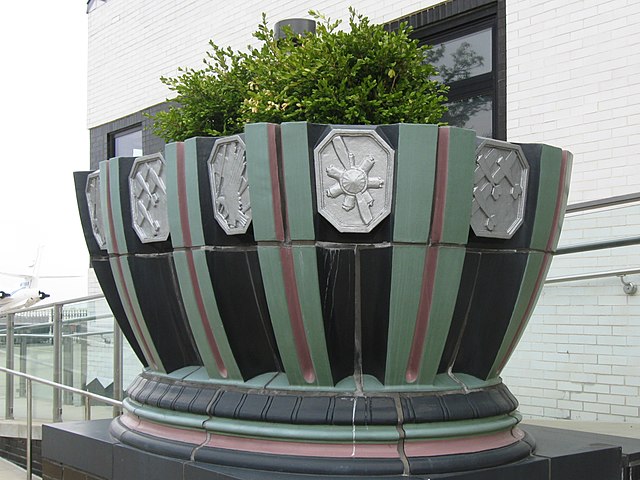
Carrick dribbles down the precipitous slope from Brownsville Road. The church at upper left is St. Basil’s, now part of Holy Apostles Parish. The spire on the skyline right of center belongs to Zion Christian Church, built as Bethel Baptist Church.

Carrick dribbles down the precipitous slope from Brownsville Road. The church at upper left is St. Basil’s, now part of Holy Apostles Parish. The spire on the skyline right of center belongs to Zion Christian Church, built as Bethel Baptist Church.

Chinatown, once colorful and densely crowded, mostly died between the two World Wars. What is left is the Chinatown Inn, which is in one of the buildings constructed after the new Boulevard of the Allies viaduct destroyed most of the original neighborhood.

The Allegheny County Morgue (or Mortuary, when the coroner was feeling fancy) was designed by Frederick Osterling to match Richardson’s courthouse. It was originally built where the County Office Building stands now, and it was moved to make way for that building, inch by inch, while the coroner and staff continued to work inside the crawling building.

This waterfall fountain runs down the gentle slope along First Avenue in front of the PNC Firstside Center.

The obelisk rests on four spheres like cannonballs; Peter Leo used to call it the Tomb of the Unknown Bowler.


Two Art Deco planters flank the entrance to the Allegheny County Airport terminal. They bear plaques emblematic of aviation: planes, propellers, and eagles.


